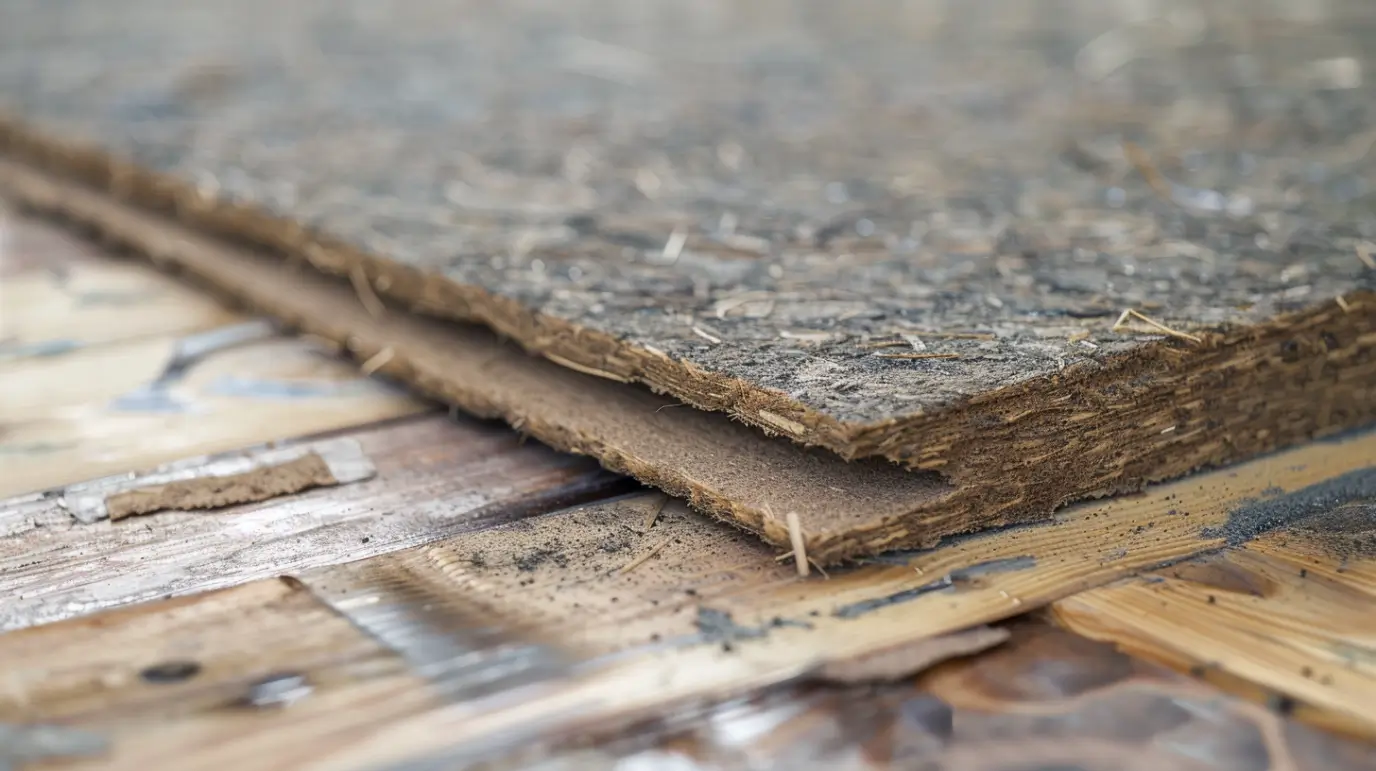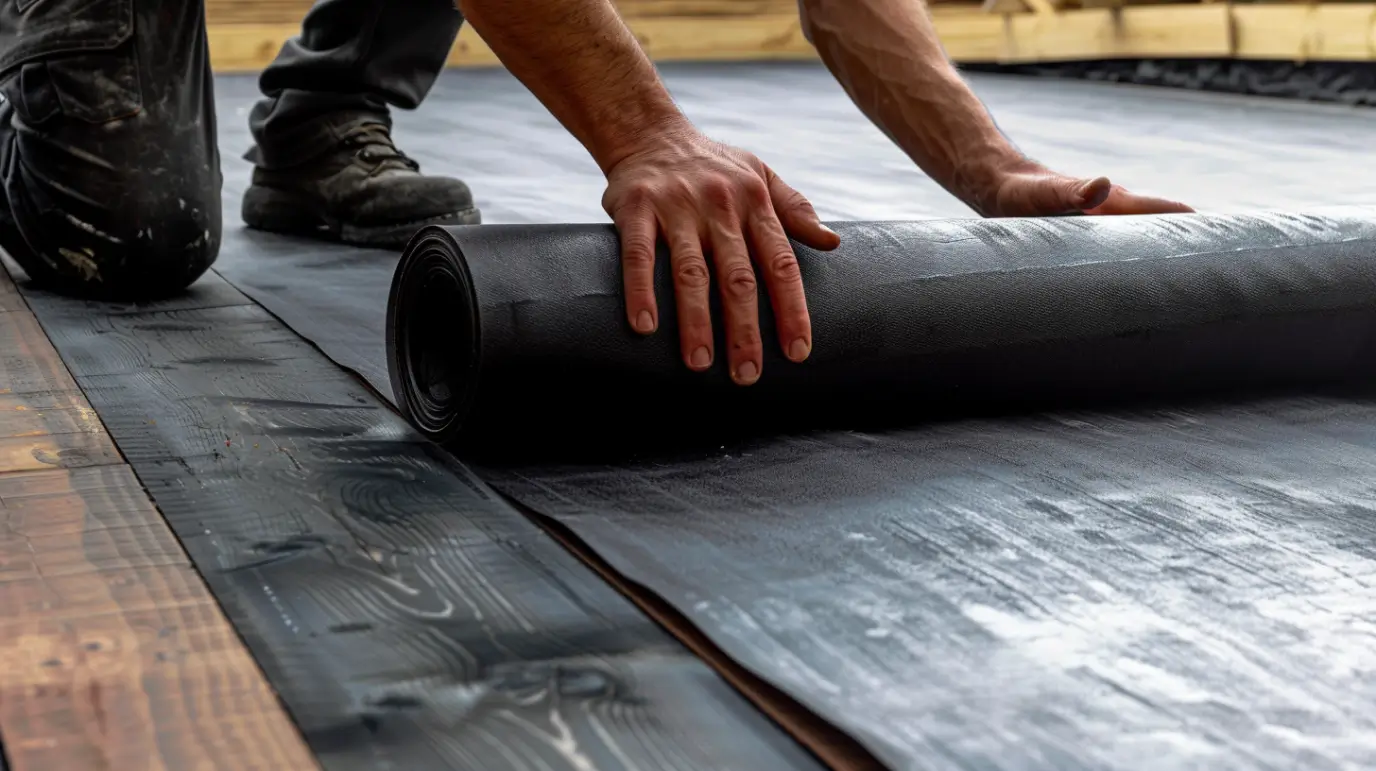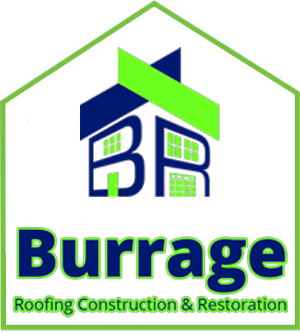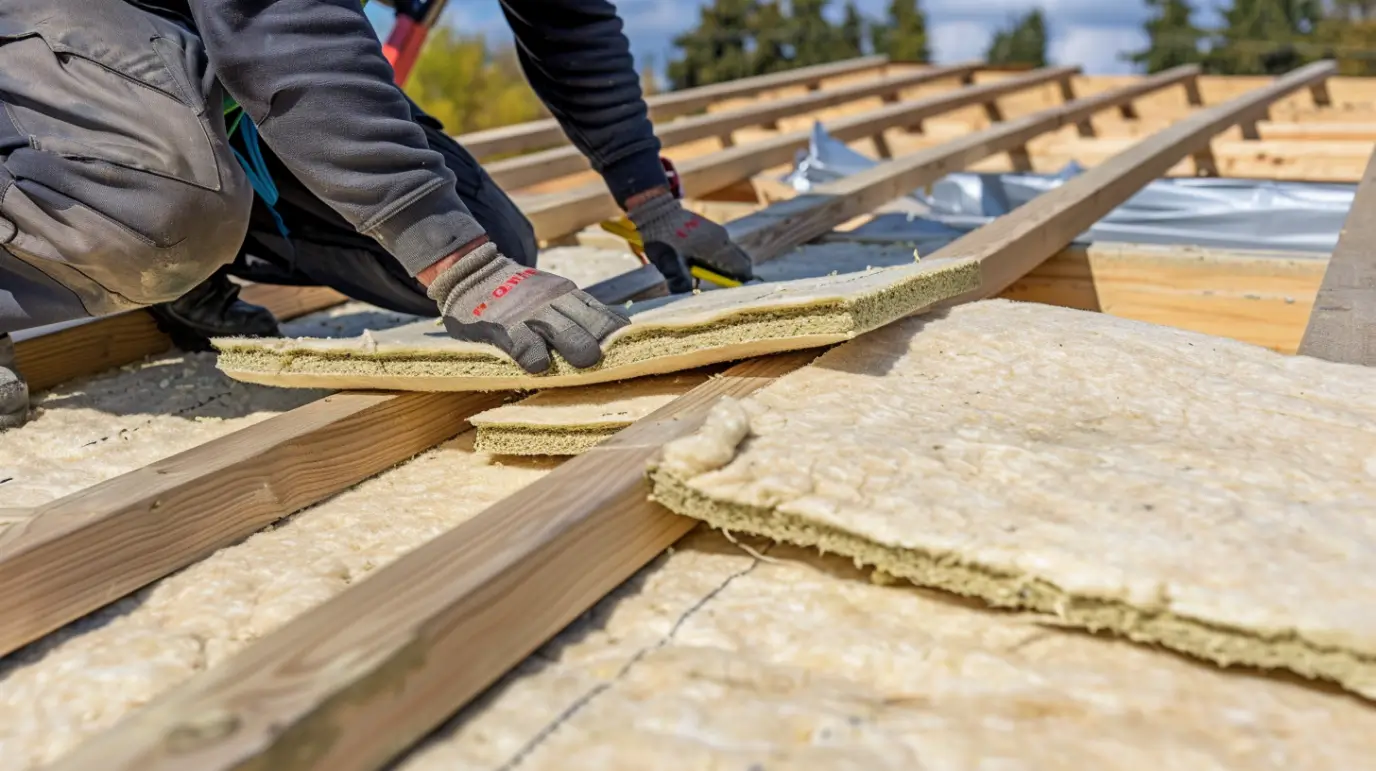A good roofing system requires the right underlayment, and at Burrage Roofing in East Moline, IL, we recognize its importance. The underlayment, placed beneath your roofing materials, acts as a crucial barrier against water infiltration and damage. Choosing the right type enhances your roof’s resilience to extreme weather and maintains your home’s structural integrity. We provide various options—felt, synthetic, and rubberized asphalt—each with unique benefits. Our team is ready to help you select the ideal underlayment for your home.
Understanding Roof Underlayment and Its Importance
Underlayment is a critical component of roofing systems, providing a secondary layer of protection against moisture and water infiltration. It enhances a roof’s structural integrity and longevity, especially in extreme weather. Homeowners can choose from various options, including traditional felt and advanced synthetic materials, tailored to their specific needs and local climate, particularly in East Moline, IL.
Choosing the right underlayment is vital for improving energy efficiency and resilience. This not only safeguards against heavy rain and high winds but also prevents costly moisture damage, significantly extending your roof’s lifespan.
Contact Us
What Is Roof Underlayment?
Roof underlayment is a protective barrier installed beneath roofing materials. It serves as an essential layer against moisture intrusion, wind-driven rain, and snow. By enhancing the roof’s waterproofing capabilities, underlayment significantly contributes to the overall durability and performance of your roofing system.
Why Is Underlayment Essential for Roof Longevity?
Underlayment acts as a protective barrier against moisture, wind, and other environmental factors. It enhances the roof’s structural integrity and lifespan, preventing leaks and damage. Proper underlayment choice is crucial for maintaining roof performance and avoiding costly repairs over time.

Types of Roof Underlayment Materials
Understanding the different types of roofing underlayment is vital for optimal roof performance and protection. Asphalt-saturated felt has long been a reliable choice against moisture intrusion. However, modern synthetic options offer superior moisture resistance and durability, appealing to many homeowners.
Rubberized asphalt underlayment stands out for its excellent waterproofing, especially in severe weather. Each type of underlayment provides unique benefits tailored to specific roofing systems, such as compatibility with asphalt shingles and metal roofs. Choosing the right underlayment is crucial for maintaining your home’s structural integrity and energy efficiency.
Asphalt-Saturated Felt Underlayment
As one of the oldest roofing underlayments, asphalt-saturated felt provides reliable protection for roofing systems. Made from a fibrous mat soaked in asphalt, it enhances moisture resistance and durability. Available in 15-pound and 30-pound weights, it allows homeowners to select based on their needs.
Affordable and effective, felt underlayment is the first defense against water infiltration, extending the lifespan of roof coverings like asphalt shingles. While it may not match synthetic options in extreme weather, it remains popular among roofing contractors. Proper installation ensures structural integrity and peace of mind for future roof performance.
Synthetic Underlayment
Synthetic underlayment is a modern alternative to traditional roofing materials, offering superior performance. Made from polyethylene or polypropylene, it provides excellent moisture resistance, reducing the risk of water damage. This lightweight yet durable option allows for efficient installation while maintaining structural integrity. Rated highly for energy efficiency, synthetic underlayment also withstands UV rays and harsh winters, making it a favored choice among roofing contractors.
In East Moline, IL, synthetic roofing underlayment meets local building codes and safety standards. As the first line of defense against environmental elements, investing in these products ensures long-term protection for your roofing system. Its adaptability and resilience make it an ideal choice for any roofing project.
Rubberized Asphalt Underlayment
Rubberized asphalt underlayment is a popular choice among roofing contractors for its flexibility and durability. Infused with rubber polymers, it offers excellent moisture resistance and acts as a strong barrier against water infiltration. Its impressive adhesion keeps it securely in place during heavy rain or extreme weather.
This underlayment provides an essential layer of protection against leaks and ice dams, especially in harsh winter climates. By choosing rubberized asphalt, homeowners can enhance their roofing system’s integrity, ensuring their structure is well-protected from the elements. Consider rubberized asphalt underlayment for long-lasting roof performance.

Comparing Performance: Felt vs. Synthetic vs. Rubberized
Evaluating different underlayment types is essential for your roofing system’s structural integrity. Traditional felt roofing underlayment, made from asphalt-saturated paper, effectively defends against moisture but can tear or sustain water damage in extreme weather.
Synthetic underlayments offer superior moisture resistance and durability, making them popular among roofing contractors. Rubberized asphalt combines the advantages of both felt and synthetic options, enhancing flexibility and waterproofing. Each type provides protection during harsh winters or heavy rain, but the best choice depends on your specific needs and local climate.
Durability and Weather Resistance
Roof underlayment is a crucial secondary layer that boosts your roofing system’s durability. Different types, such as felt and synthetic options, offer varying levels of weather resistance. Synthetic underlayments, made with rubber polymers, provide superior moisture resistance and longevity compared to traditional felt.
High-quality underlayment can endure extreme weather—heavy rain, high winds, and ice dams—protecting your roof deck’s structural integrity. This durability prevents moisture intrusion and extends your roof’s lifespan. Choosing the right underlayment enhances energy efficiency and offers peace of mind for homeowners.
Installation Process and Cost Considerations
The installation of roof underlayment varies by type. Felt underlayment involves laying long strips with overlapping layers for moisture resistance, while synthetic options may use a peel-and-stick method for better water protection.
Costs depend on the underlayment type, labor, and roof complexity. Although synthetic materials are pricier upfront, they offer greater durability and moisture resistance, protecting your roof from severe weather. Working with independent roofing contractors can help evaluate total costs and ensure compliance with local building codes.

How to Choose the Best Underlayment for Your Home in East Moline, IL
Choosing the right underlayment comes down to East Moline’s weather, your roof type, and what you are looking for. Synthetic underlayment is a good choice if you face high winds and a lot of heavy rain. Felt works well if you want to save money. Rubberized asphalt gives the best protection when things get very tough.
At Burrage Roofing, we work hard to choose the proper underlayment for all roofs in East Moline, IL. Our licensed team looks at every detail to help your roof last longer and work well.
Climate Factors and Local Building Codes
Understanding the local climate is essential when choosing roof underlayment. In areas with harsh winters, heavy rains, or high winds, underlayment must ensure moisture resistance and durability. Local building codes set specific requirements for underlayment materials to protect against water infiltration and moisture damage, maintaining the roofing system’s structural integrity.
Moreover, the right underlayment enhances energy efficiency in extreme weather. Roofing contractors familiar with local regulations can help homeowners select the best products. Ignoring climate factors and building codes can result in costly repairs and reduced roofing performance over time.
Partnering with Burrage Roofing: Our Expertise and Trusted Brands
Partnering with Burrage Roofing gives you access to roofing expertise. As independent contractors, we specialize in selecting the right underlayment for asphalt shingles, metal, and rubber. We prioritize your roof’s structural integrity, ensuring products resist moisture and prevent water infiltration. Recognized as an IKO Craftsman Premier Installer and a BBB Accredited Business, we are committed to quality and customer satisfaction. Our partnerships with top suppliers like SRS Supplier, ABC Supply, Richards Supply, Final Siding, and James Hardie enhance our ability to provide tailored roofing solutions.
Connect With Us
Choosing the right underlayment is crucial for your roofing system’s longevity and performance. At Burrage Roofing in East Moline, IL, we understand that this protective layer serves as the first defense against moisture, water infiltration, and harsh weather. Whether you choose synthetic or traditional felt options, understanding the available types is vital. Our experienced contractors are familiar with local building codes and will ensure your choice meets your home’s specific needs. The right underlayment not only protects structural integrity but also boosts energy efficiency, offering peace of mind for years to come.
Read our blog: Metal Roofing vs Asphalt Shingles: Cost Comparison
Frequently Asked Questions
How long does roof underlayment last?
Roof underlayment typically lasts as long as the main roofing materials. Felt underlayment lasts 12 to 20 years, while synthetic options can exceed 25 years. Lifespan varies based on weather and maintenance, with proper installation enhancing durability.
Can I install a new underlayment over an old one?
Yes, you can install a new underlayment over an old one in certain circumstances, particularly if the existing layer is in good condition. However, ensure it meets local building codes and consider potential issues like moisture retention or reduced ventilation effectiveness.

